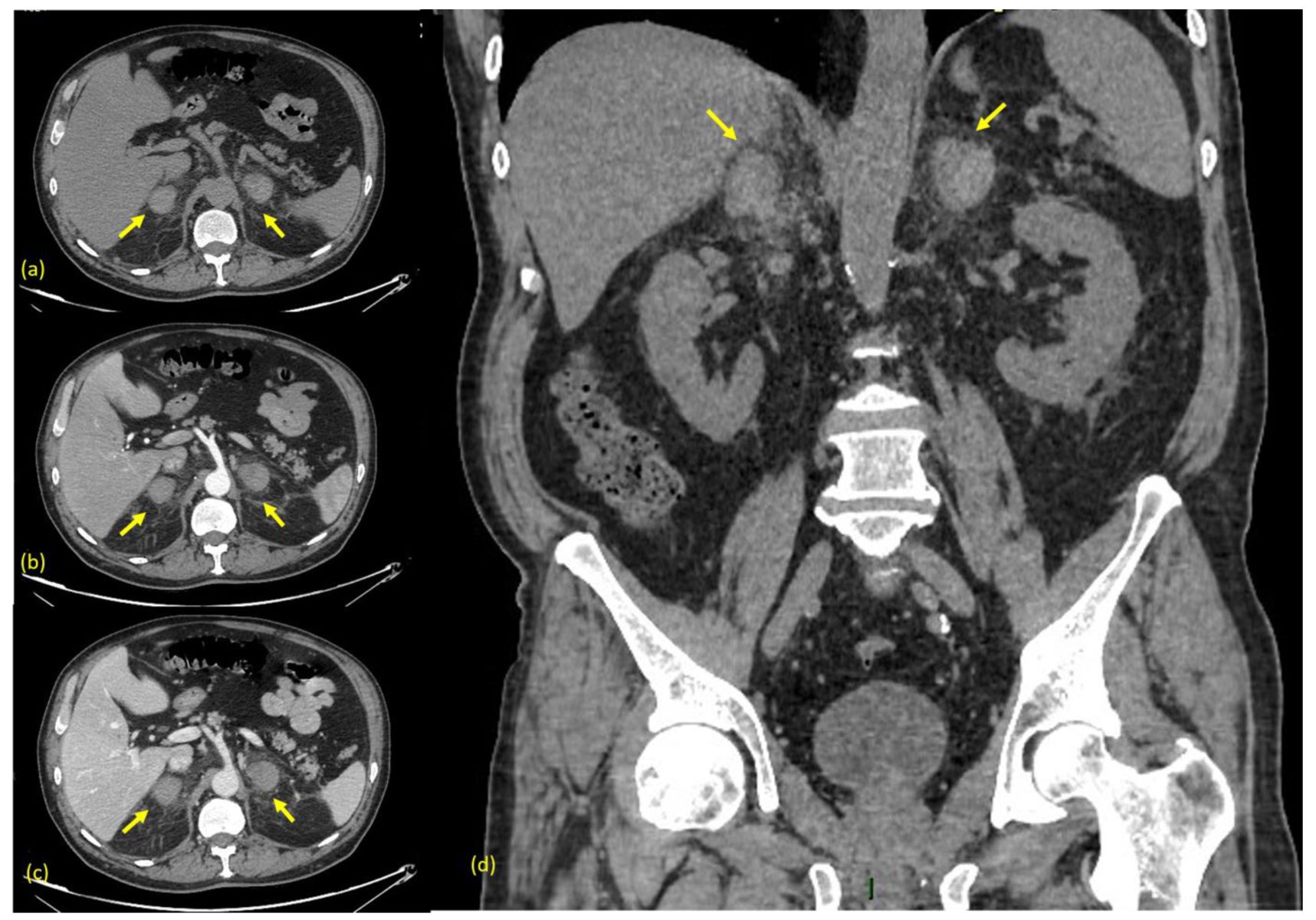
Waterhouse–Friderichsen Syndrome is a rare but severe condition that can strike suddenly, often with devastating consequences. Caused by bacterial infections, it leads to adrenal gland failure, resulting in a rapid decline in health. Symptoms include fever, vomiting, and a rash that can quickly escalate to shock and organ failure. Early diagnosis and treatment are crucial for survival. This syndrome primarily affects children but can also occur in adults. Understanding the causes, symptoms, and treatments can help in managing this life-threatening condition. Here are 35 essential facts to help you grasp the complexities of Waterhouse–Friderichsen Syndrome.
Key Takeaways:
- Waterhouse–Friderichsen Syndrome is a rare but serious condition caused by bacterial infection. Recognizing symptoms early and seeking prompt treatment is crucial for recovery.
- Preventing Waterhouse–Friderichsen Syndrome involves vaccination, good hygiene, and early treatment of infections. Educating at-risk groups and regular health check-ups are important for prevention.
What is Waterhouse–Friderichsen Syndrome?
Waterhouse–Friderichsen Syndrome (WFS) is a rare but severe condition. It involves adrenal gland failure due to bleeding. This syndrome often results from a bacterial infection.
- Named After: The syndrome is named after two doctors, Rupert Waterhouse and Carl Friderichsen, who first described it in the early 20th century.
- Adrenal Glands: These glands, located above the kidneys, produce vital hormones like cortisol and adrenaline.
- Bacterial Cause: Neisseria meningitidis, a bacterium causing meningitis, is the most common culprit.
- Rapid Onset: Symptoms can develop quickly, sometimes within hours.
- High Mortality Rate: Without prompt treatment, the condition can be fatal.
Symptoms of Waterhouse–Friderichsen Syndrome
Recognizing the symptoms early can be life-saving. They often resemble those of severe infections.
- Fever: High fever is one of the first signs.
- Shock: Patients may go into septic shock, a life-threatening condition.
- Rash: A distinctive purpuric rash, which looks like small bruises, can appear.
- Vomiting: Severe nausea and vomiting are common.
- Weakness: Extreme fatigue and muscle weakness often occur.
Diagnosis of Waterhouse–Friderichsen Syndrome
Early diagnosis is crucial for effective treatment. Doctors use various methods to identify the syndrome.
- Blood Tests: These can reveal bacteria in the bloodstream.
- Imaging: CT scans or MRIs may show bleeding in the adrenal glands.
- Lumbar Puncture: This test checks for bacteria in the cerebrospinal fluid.
- Clinical Signs: Doctors look for symptoms like fever, rash, and shock.
- History: Recent infections or exposure to bacteria can be a clue.
Treatment Options for Waterhouse–Friderichsen Syndrome
Immediate medical intervention is essential. Treatment focuses on combating the infection and supporting the body's functions.
- Antibiotics: High-dose antibiotics are administered to fight the bacterial infection.
- Steroids: Corticosteroids help replace the hormones the adrenal glands can’t produce.
- Fluids: Intravenous fluids maintain blood pressure and hydration.
- Vasopressors: These drugs help raise blood pressure in patients with shock.
- Supportive Care: Intensive care units provide the necessary support for vital functions.
Risk Factors for Waterhouse–Friderichsen Syndrome
Certain factors increase the likelihood of developing WFS. Awareness of these can help in prevention and early detection.
- Age: Children and young adults are more susceptible.
- Immune System: Weakened immune systems increase risk.
- Close Contact: Living in close quarters, like dorms, can spread bacteria.
- Recent Infections: Previous bacterial infections can be a precursor.
- Vaccination Status: Lack of vaccination against meningitis heightens risk.
Complications of Waterhouse–Friderichsen Syndrome
Even with treatment, WFS can lead to serious complications. These can affect various organs and systems.
- Organ Failure: Multiple organs, including the liver and kidneys, can fail.
- Brain Damage: Severe infections can cause lasting neurological damage.
- Amputation: In extreme cases, tissue death may necessitate amputation.
- Chronic Adrenal Insufficiency: Long-term hormone replacement therapy may be needed.
- Death: The condition can be fatal if not treated promptly.
Prevention of Waterhouse–Friderichsen Syndrome
Preventive measures can reduce the risk of developing WFS. These steps are especially important for high-risk groups.
- Vaccination: Vaccines against meningitis are highly effective.
- Hygiene: Good hygiene practices can prevent the spread of bacteria.
- Early Treatment: Prompt treatment of infections can prevent complications.
- Awareness: Educating at-risk groups about symptoms and risks is crucial.
- Medical Check-ups: Regular health check-ups can catch infections early.
Final Thoughts on Waterhouse–Friderichsen Syndrome
Waterhouse–Friderichsen Syndrome is a rare but serious condition. It’s caused by severe bacterial infections, often leading to adrenal gland failure. Early symptoms can be misleading, resembling common illnesses. However, rapid progression makes early diagnosis critical. Immediate medical intervention, including antibiotics and supportive care, can be lifesaving.
Understanding the signs and risks associated with this syndrome can help in seeking timely treatment. Awareness among healthcare professionals and the general public is essential. Though rare, knowing about Waterhouse–Friderichsen Syndrome could make a significant difference in outcomes.
Stay informed, stay vigilant, and always consult healthcare providers if severe symptoms arise suddenly. Knowledge and quick action are your best defenses against this life-threatening condition.
Frequently Asked Questions
Was this page helpful?
Our commitment to delivering trustworthy and engaging content is at the heart of what we do. Each fact on our site is contributed by real users like you, bringing a wealth of diverse insights and information. To ensure the highest standards of accuracy and reliability, our dedicated editors meticulously review each submission. This process guarantees that the facts we share are not only fascinating but also credible. Trust in our commitment to quality and authenticity as you explore and learn with us.
